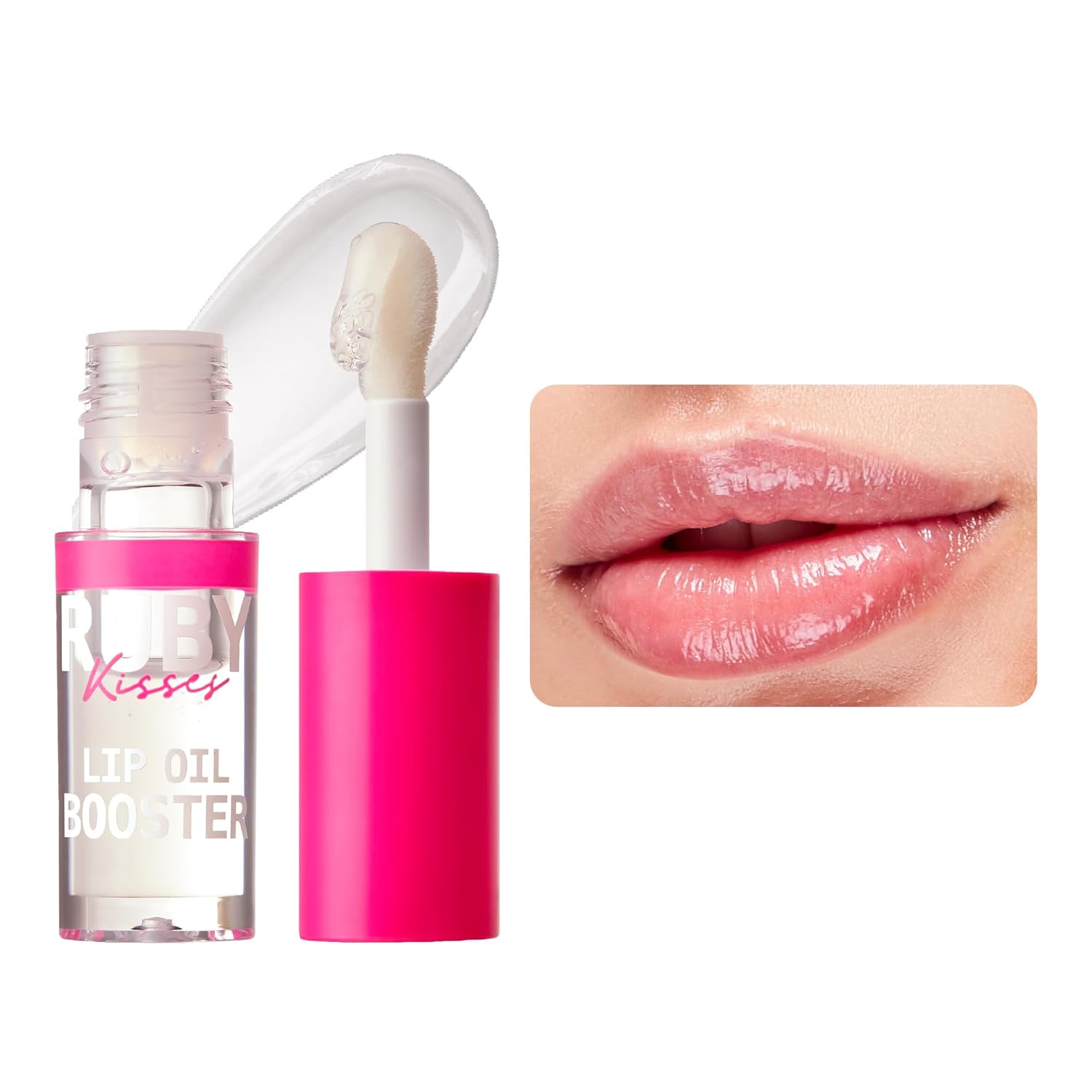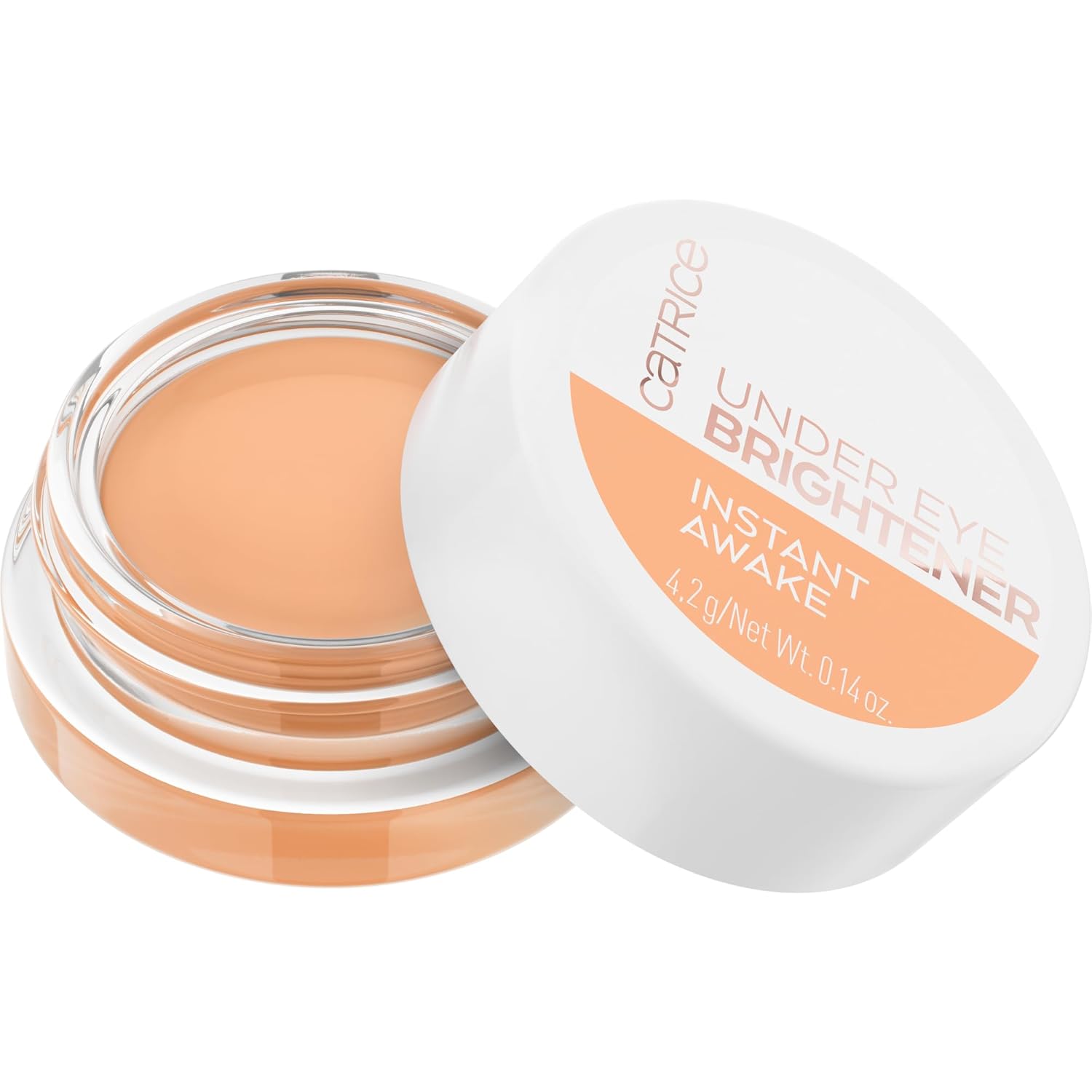

You’ve probably seen a number of hair care products lately that contain Indian gooseberry, or amla. In addition to having numerous medicinal benefits, amla is also well-regarded for its benefits for the hair, including hair loss prevention and conditioning.
Amla, is a renowned Ayurvedic (a system of traditional medicine native to the Indian Subcontinent”> and Unani (a branch of medicine based on the teachings of Hippocrates, Galen, and Avicenna”> medicine. Also called amalaki or dhartriphaia, Phyllanthus emblic, syn. Emblica officinalis is the botanical Latin name for Amla. Indian gooseberry is a long-living deciduous tree from the Euphorbiaceae family. All parts of the tree are used in Ayurvedic medicine including the root, bark, flowers, leaves, seed and fruit. Amla is well known both for its berry and the oil extracted from it which is commonly referred to as Amla. The two types of amla include gramya, the cultivated type and vanya, the wild type.
Amla’s Indian History
Amla has an interesting history in India as a health and beauty aid. It is called the nurse (Dhatri”> and the sustainer (Amalaki”>. One of the reasons it is revered is because it contains five of the six rashas or tastes (bitter, pungent, sweet, astringent and sour”>—the only taste it is missing is salty. This is important because a balanced meal should contain the six tastes to cultivate wellness.
Hair Loss Treatment
Boil about 3 oz (100g”> of grated Indian gooseberry fruit in 8.5 oz (250 ml”> of water. Blend the grated fruit in the water to make a paste of smooth constituency. Apply this paste on the scalp and let it remain for an hour before washing it off with warm water.
Amla is a natural ingredient good for the pitta dosha (constitution type”>, amla also reduces hair loss and prevents premature graying. Pitta is one of the three doshas the others being vata and kapha. Doshas can roughly be described as body, mind and spirit types. The pitta dosha lives in the small intestine, stomach, sweat, blood, plasma and sebum. Amla is good for pitta dosha because it is cooling while the natural inclination of a pitta dosha is to be hot.
The Phyto-Nutrients in Amla
Indian Gooseberry consist mostly water—as much as 80%. It contains vitamins (a rich source of vitamin C”>, minerals such as iron; protein, carbohydrates and fiber. The vitamin C it contains is important because it is a necessary part of the synthesis of collagen. Amla fruit contains about 20 times more vitamin C than our usual source, the orange. Collagen helps keep the cells of the body together, improves the condition of hair, nails and skin and renews cell growth. Amla is rich in antioxidants and in polyphenols.
Amla Cures
- Improves memory, brain function and thinking capacity
- Detoxifies the system
- Rejuvenates body
- Improves vision
- Boosts immunity
- Supports heart, liver, lung and bone health
- Balances stomach acids
- Improves mental disorders
- Useful during pregnancy and lactation
- Indicated for scurvy
Herbal Actions







Amla is a tonic, rejuvenator, astringent, aphrodisiac, laxative, refrigerant and stomachic.
Amla for Beauty
- Good for the skin and hair, improves elasticity
- Hair becomes more pliable, vibrant and strong with use of the oil
- Amla conditions and strengthens the hair
- Prevents scalp infections and disorders that lead to hair loss
- Prevents premature graying
- Helps hair and fingernails grow
- IImproves sheen in the hair
Amla can be eaten or consumed as a drink or taken in capsule form as an internal treatment for all conditions mentioned. It can also be applied topically as a shampoo, conditioner, or fixed oil to reap beautifying benefits.







